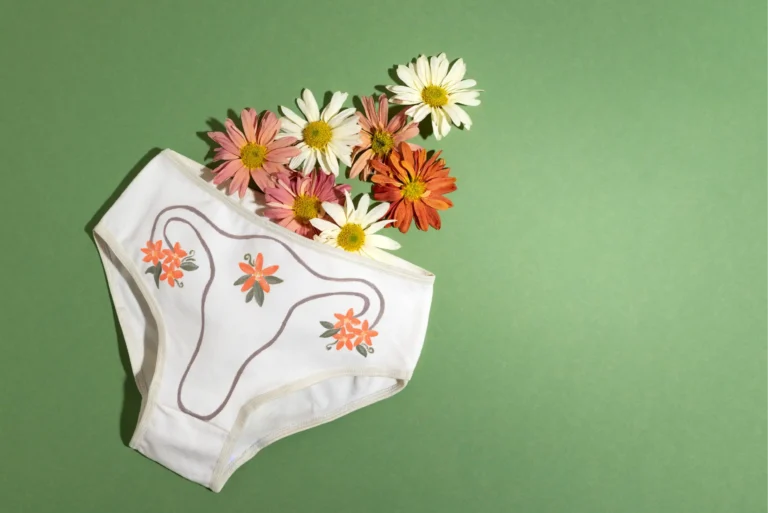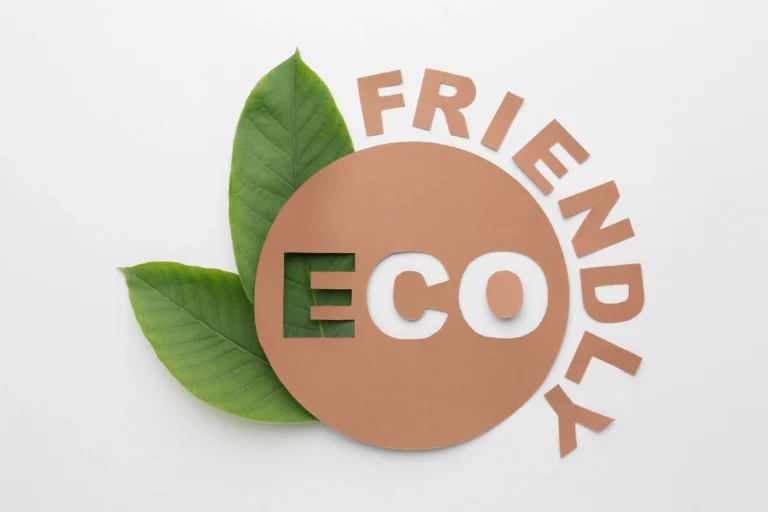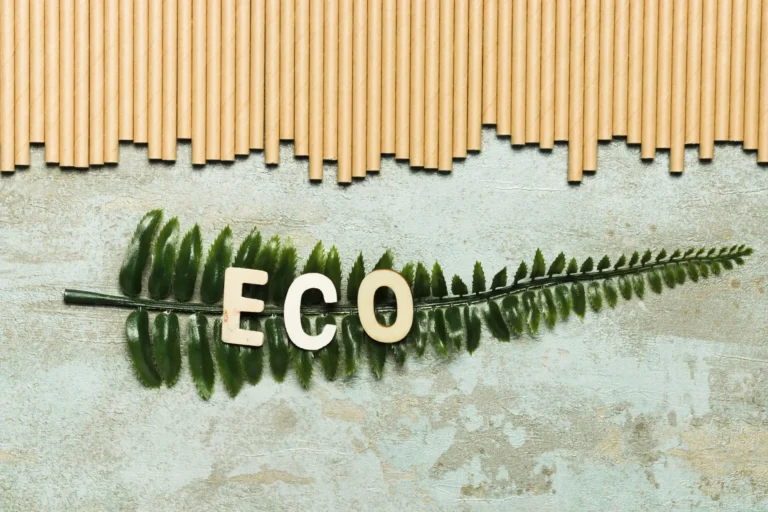Have you ever wondered how much chemical processing a textile product goes through before making it to the store? Do you know that the clothes you wear or the articles you are surrounded with at home might be life-threatening? Yes, simplistic-looking everyday products like garments, mattresses, bedsheets, cushions, etc., are carriers of several toxic chemicals and emit harmful compounds in your indoor air atmosphere. But don’t worry; OEKO-TEX or Greenguard Gold certifications can assist you in ensuring that you stay away from investing in such toxin-laden goods.
Our OEKO-TEX vs Greenguard Gold feature has all the details you need to know about the scope and focus of the certifications. From what they are to what sets them apart and the impact of these labels — this guide will empower you to make mindful decisions that resonate with your well-being, eco-friendliness, and healthy lifestyle. Let’s jump right in!
What is the Difference Between OEKO TEX and Greenguard Gold?
| Distinctions | OEKO-TEX | Greenguard Gold |
| Focus | OEKO-TEX Standard 100 certification is primarily concerned with the chemical inputs of textiles, ensuring that fabrics are free from harmful substances. It sets chemical restrictions and meticulously tests raw materials along with finished textile products at all processing levels to guarantee consumer safety. | Greenguard Gold’s criteria emphasizes on the reduction of volatile organic compound (VOC) emissions to upgrade indoor air quality. Greenguard Gold certification specifically targets products that emit low pollutants during usage, promoting a healthier indoor environment. |
| Applicability | OEKO-TEX standards are tailored for the textiles and leather industry. Its standards ensure the safety of products like clothing, bedding, upholstery, and other fabric-based items. | Greenguard Gold is applicable to a broader range of items, including construction products, furniture, vehicle seatings, and various things found in indoor spaces. It lowers emission limits to minimize the impact of diverse products on indoor air quality. |
| Certification Scope | OEKO-TEX evaluates textiles that come in contact with our skin, focusing on the safety of raw materials (fabric, buttons, sewing thread, etc.) used in clothing and other products. It verifies that these products are chemical-free, meeting stringent standards of consumer safety. | Greenguard Gold concentrates on environmental health, mainly indoor air quality. The certification restricts VOC emissions, contributing to better indoor air, and is not limited to products in direct contact with the skin. |
What is OEKO TEX?
OEKO-TEX is a leading global certification system that stands as a hallmark of safety and sustainability in the textile and leather industries. It ensures that products are free from harmful substances and are manufactured in environmentally friendly and socially responsible supply chains. The certification is granted after comprehensive testing of all components of a finished product, including raw materials, threads, and accessories like buttons and zippers. This rigorous testing is conducted by 17 accredited independent organizations, ensuring that certified products meet strict safety standards.
The primary focus of the OEKO-TEX certification label is to protect consumers from exposure to harmful chemicals commonly found in textiles and leather products after they go through several processing stages. These synthetic substances can pose severe risks to human health and the environment, so OEKO-TEX sets stringent thresholds for their presence in certified products.
While OEKO-TEX has 7 different certification standards, the most commonly sought-after label for textile-based goods is the OEKO-TEX Standard 100. This certification tests products for over 350 toxic chemicals and heavy metals, such as mercury, formaldehyde, pentachlorophenol, lead, nickel, and azo dyes, guaranteeing the safety of the end product. Certified products have to undergo an annual renewal process for quality control measures to keep bearing the Standard 100 seal.
As an international organization, OEKO-TEX holds global recognition for maintaining consistent legal requirements across all countries. The certification criteria is regularly reviewed and updated to incorporate emerging developments.
Greenguard is one of the most distinguished green certifications offered by UL Environment, a division of Underwriters Laboratories. Its criteria are designed to reduce indoor air pollution by limiting volatile organic compound (VOC) emissions. This third-party certification ensures that interior products like mattresses, bedding, etc., emit low levels of pollutants during usage, contributing to better indoor air quality. There are two certification levels: Greenguard and Greenguard Gold, both focused towards low-emission products suitable for environments where individuals, especially children and sensitive adults, spend most of their time.
The UL Greenguard certification applies to a wide range of products beyond textiles. They establish test methods for building materials, cleaning and maintenance products, furniture, vehicles, flooring items, and electronic equipment, which are usually found in indoor environments.
While the standard UL Greenguard label is a trusted seal for meticulously tested low-emission products, the Greenguard Gold certification takes this level a notch higher. It imposes stricter requirements compared to Greenguard, addressing health-based criteria for additional chemicals and lower total VOC emission levels. For instance, Greenguard permits 500 micrograms per cubic meter (μg/m³) of total VOCs, but the Greenguard Gold limit is significantly lower, allowing only 220 μg/m³ of total VOCs.
Research has revealed that airborne chemicals, particularly VOCs, are commonly present in homes, offices, schools, and other indoor spaces. VOC exposure can lead to health issues such as headaches, irritation, and dizziness, with long-term exposure potentially causing chronic diseases or cancer. The Greenguard Gold certification limits on emissions of over 15,000 VOCs, ensuring that certified products are suitable for use in sensitive environments like daycares, schools and healthcare facilities.
OEKO TEX vs Greenguard Gold: Testing and Evaluation Process
OEKO-TEX
- Third-Party Laboratory Testing: OEKO-TEX places a significant emphasis on third-party laboratory testing, where 17 accredited independent laboratories conduct the assessments. These authorized OEKO-TEX member institutes run tests and audits to eliminate hazardous chemicals from textile products or entire supply chain following globalized standards.This approach adds a layer of objectivity and credibility to the certification process. The involvement of independent labs ensures that the evaluation is unbiased and adheres to international standards, resulting in a transparent and reliable OEKO-TEX certification.
- Duration of Testing: OEKO-TEX’s testing cycle involves an annual review, verifying that products certified with their label maintain high-quality standards consistently. This annual assessment acts as a dynamic quality control measure, assuring consumers that the products they purchase undergo regular evaluations for safety and sustainability.
Greenguard Gold
- Duration of Testing: Greenguard Gold distinguishes itself with an extended and meticulous assessment period. The testing duration varies between 1 to 6 months, depending on the product’s complexity. This time frame is designed to thoroughly assess products for VOC emissions over an extended span of time. The prolonged testing reflects the certification’s commitment to ensuring products consistently meet stringent environmental standards for long-term clean indoor air quality.
- Detailed VOC Emission Tests: Greenguard Gold evaluates emissions from more than 15,000 VOCs, surpassing commonly recognized pollutants and compounds. Products undergo testing in controlled chambers that maintain specific temperature and humidity levels. Smaller items like laptops are placed in the compact chambers, while larger pieces like beds occupy the room-sized ones. Items are then left in the chambers for over 2 weeks, allowing for the measurement of VOC emissions over time. The certification is granted only after a product successfully passes all tests.
OEKO TEX vs Greenguard Gold: Impact of the Certification
Independent certifications like OEKO-TEX and Greenguard Gold greatly influence buying decisions. For consumers, it means safer and healthier choices – OEKO-TEX guarantees the absence of harmful stuff in your textile purchases. At the same time, Greenguard Gold ranks as the No. 1 testing program focusing on cleaner indoor air by curbing emissions. These certifications act like trustworthy guides for us, encouraging big companies to make eco-friendly and safe products that we live around.
Takeaways
The air we breathe while spending time with our family indoors and the textiles we use on a daily basis can significantly leave a negative impact on our health. That’s why it has become a necessity to invest in responsibly-made products that do not expose us to unseen dangers like chemical compounds or VOCs. Valid knowledge around OEKO-TEX vs Greenguard Gold certifications can help you immensely in choosing clean goods that do not threaten your and your family’s health. Let’s encourage everyone to adopt these certifications because we all deserve to use chemical-free textiles and live in toxin-free environments.







Be Good Do Good – Fashion, The Right Way
Get the Be Good newsletter straight to your inbox. Learn about the fashion industry’s burning problems and sustainability tips, as well as new sustainable and ethical brands.